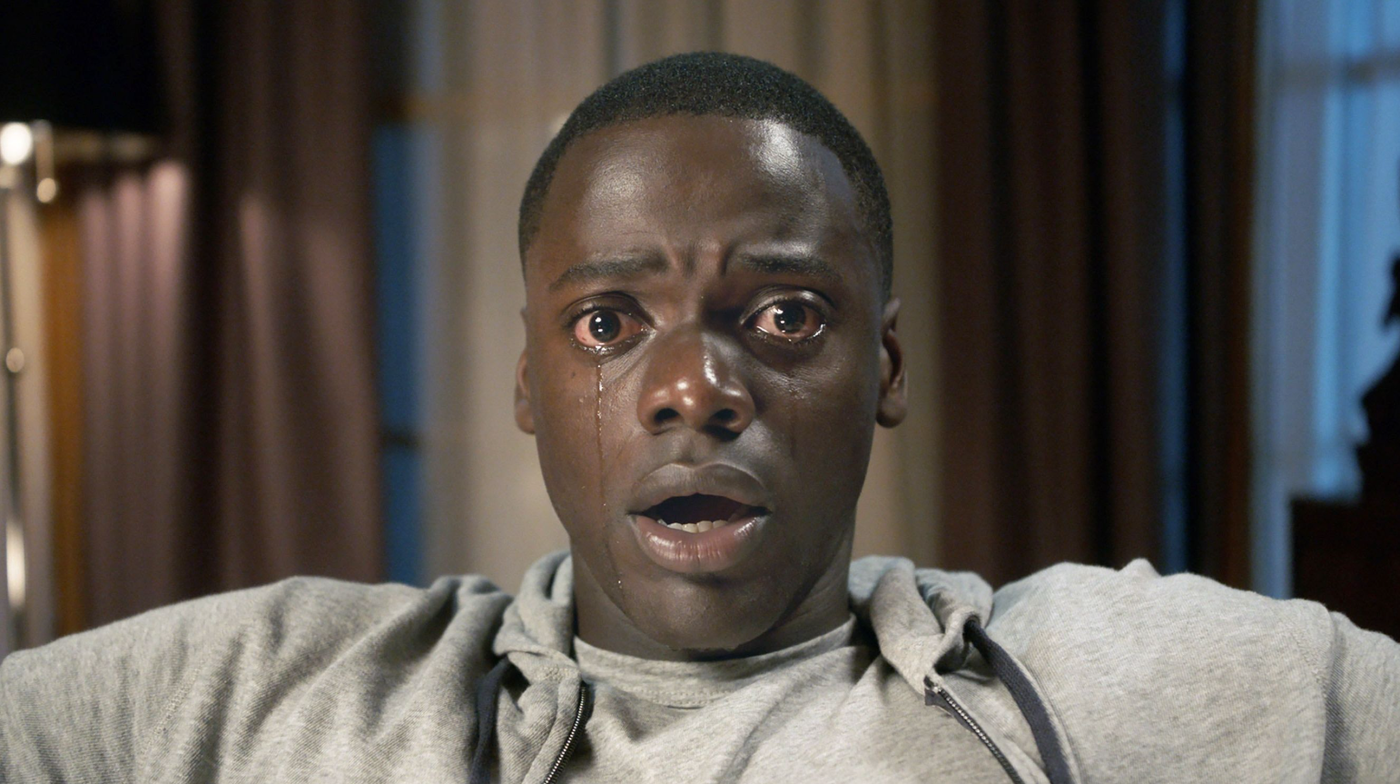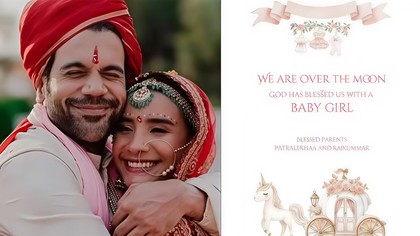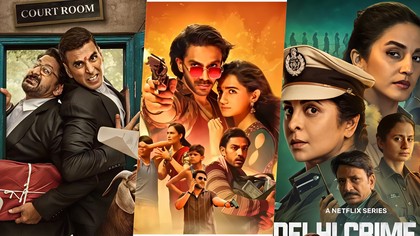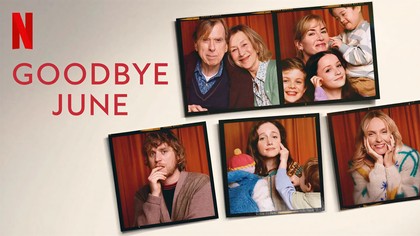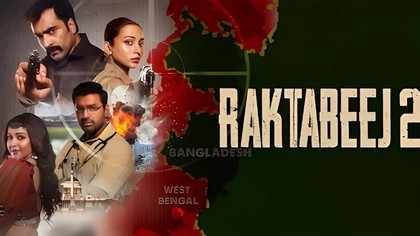1. Martyrs (2008) – The French Descent into Despair
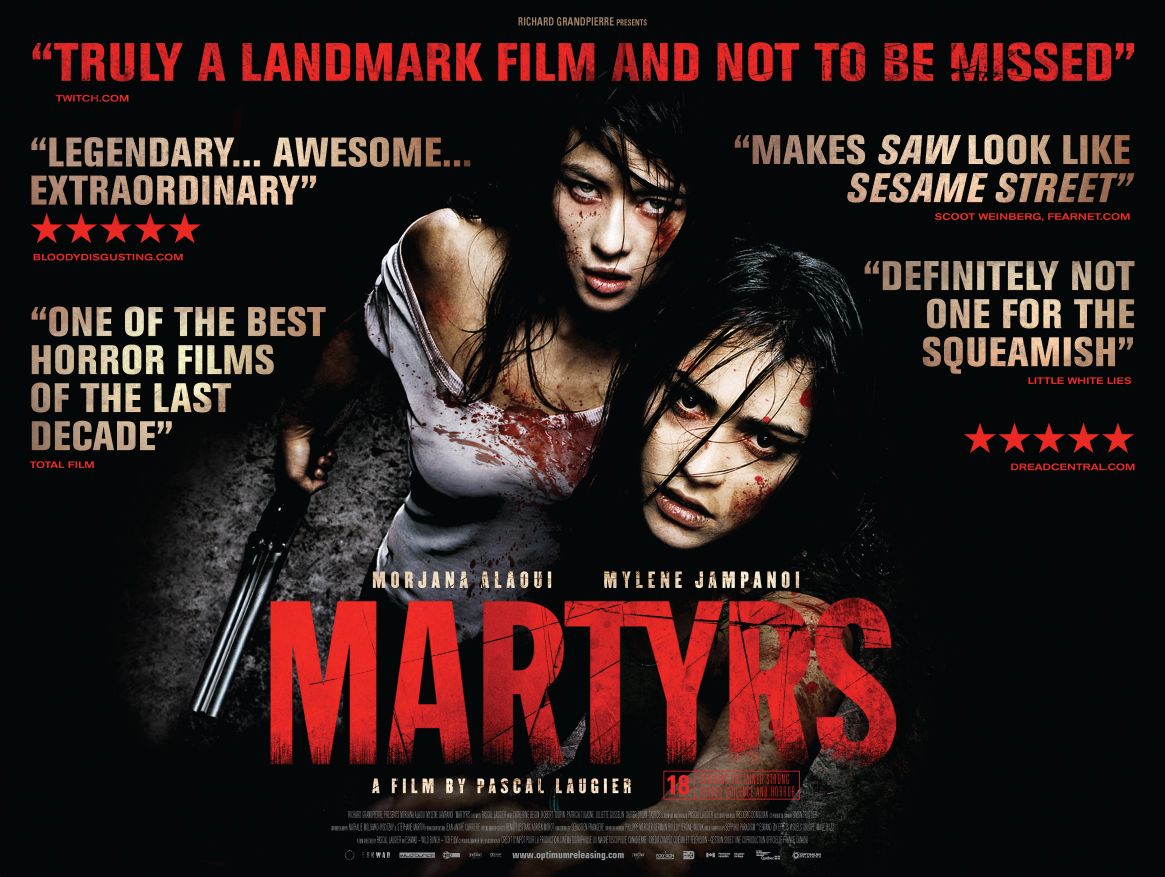
Martyrs (2008) is not a film you recommend lightly. The French horror explores trauma, torture, and the cult like obsession with suffering and transcendence. It begins with a rescue and ends in agony. This movie does not flinch. It doesn’t allow the viewer to flinch either. There are no heroes, no final girls, and no relief. Just a slow spiral into unrelenting despair.
2. The House That Jack Built (2018) – Art as Atrocity
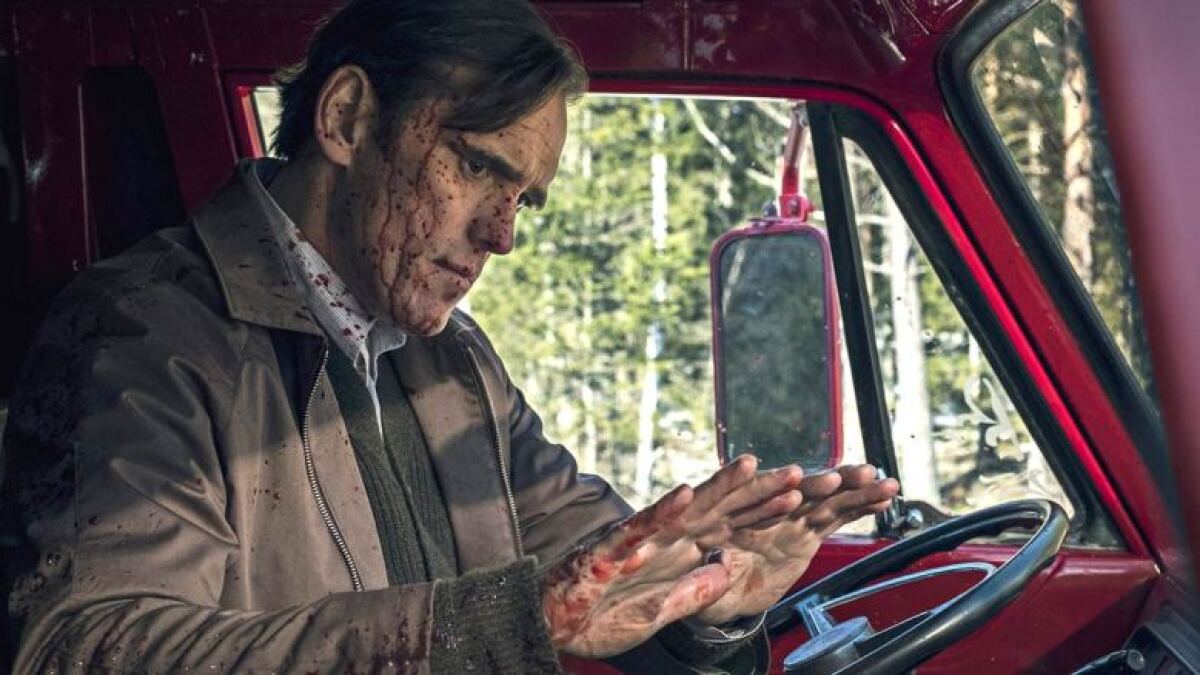
The House That Jack Built (2018) from Lars von Trier is both repulsive and brilliant. Matt Dillon plays a serial killer who views his murders as artistic creations. It’s a philosophical horror that asks you to look at violence as a form of expression and then dares you to not look away. Several scenes have caused walkouts at film festivals. Yet, the film is legally available in multiple regions and continues to be dissected for its audacity.
3. Salò, or the 120 Days of Sodom (1975) – Fascism at Its Ugliest
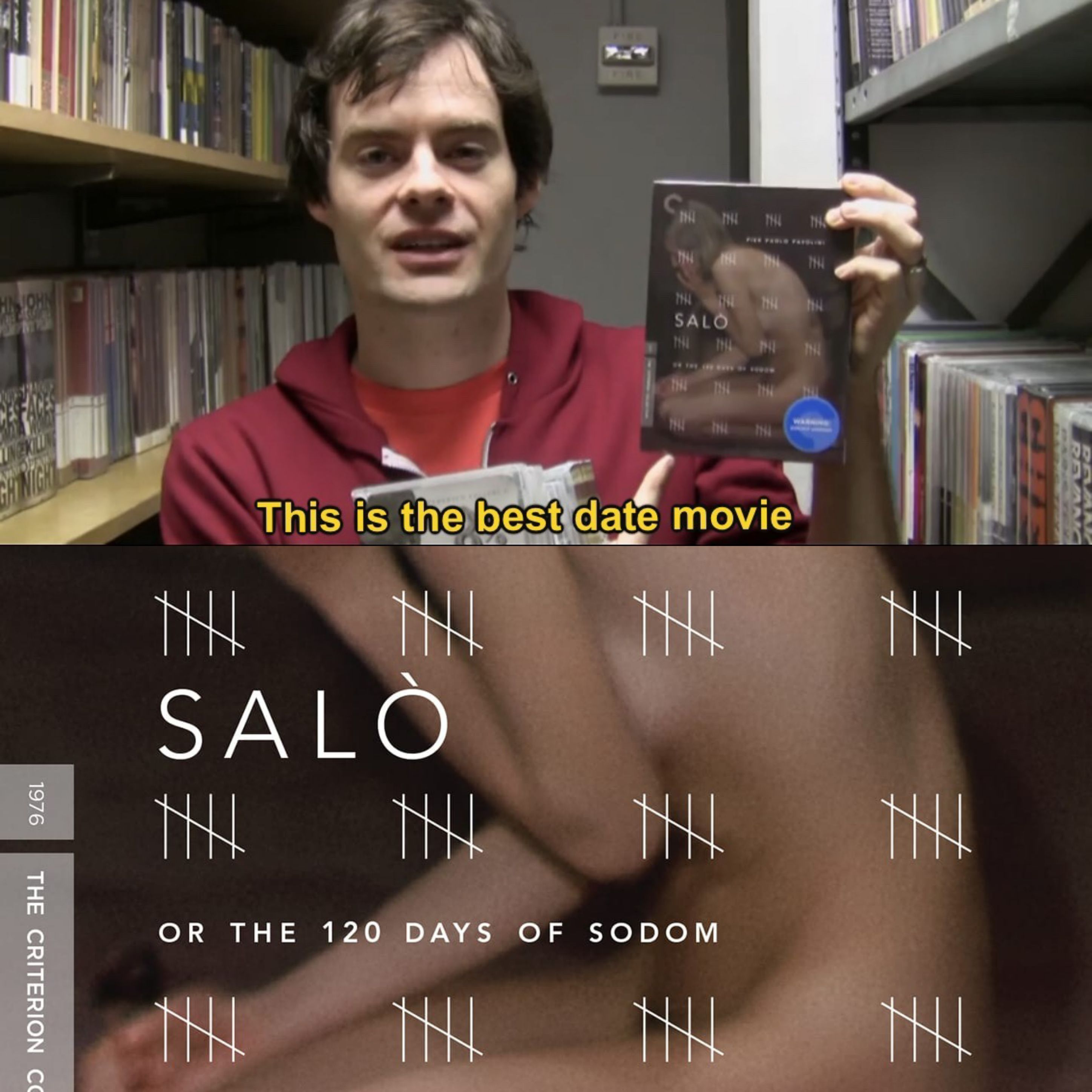
Salò, or the 120 Days of Sodom (1975) remains one of the most controversial films ever made. Based on the writings of the Marquis de Sade, the movie portrays political abuse, dehumanization, and perverse power dynamics in Fascist Italy. Banned in multiple countries for years, it is now accessible in many parts of the world. But watching it still feels like a test of psychological endurance.
4. Ichi the Killer (2001) – Blood, Torture, and a Broken Soul
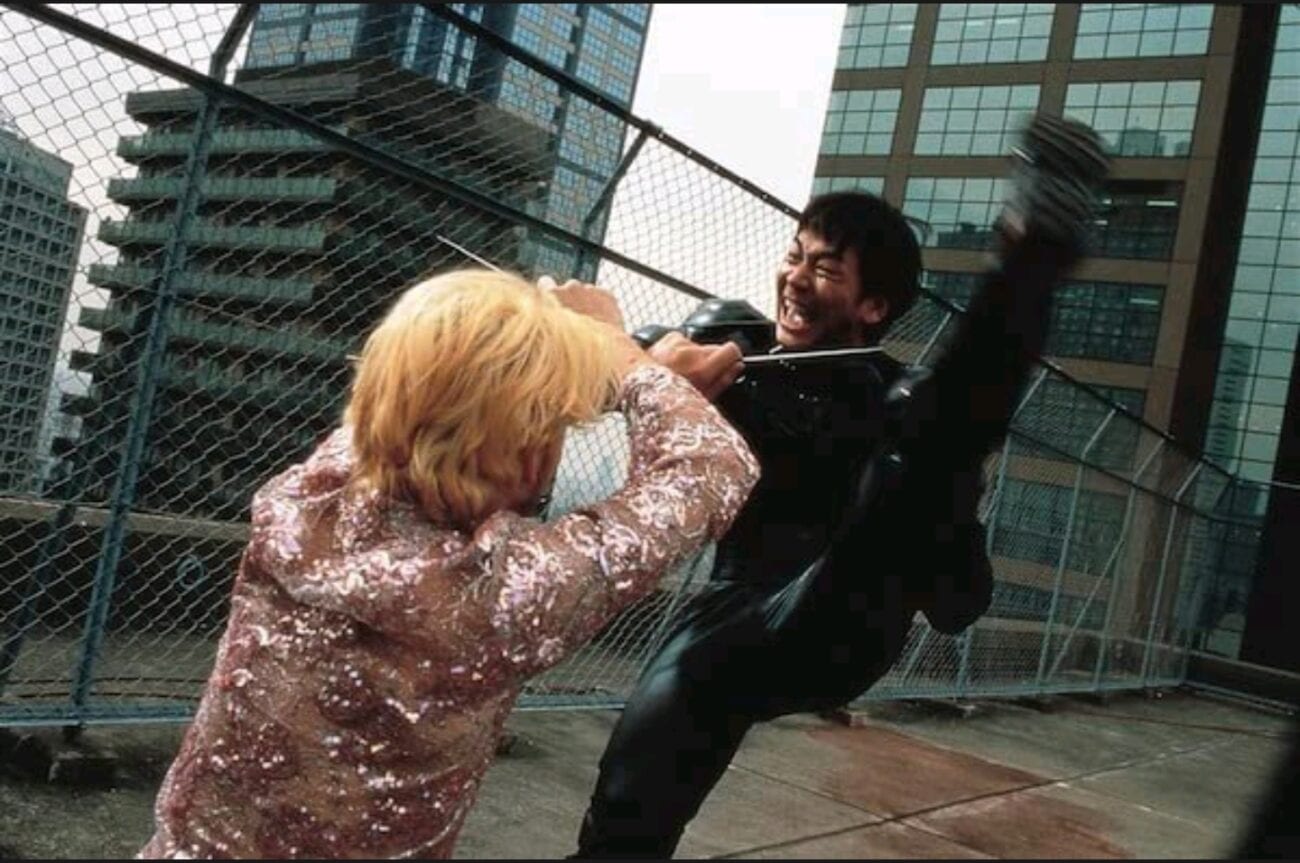
Ichi the Killer (2001) by Takashi Miike is infamous for its cartoonishly brutal violence, but beneath the gore lies a twisted character study. The film doesn’t aim to glorify violence. It shows how cruelty is often a language for the broken. Torture, mutilation, and emotional chaos come together in a story that is as grotesque as it is fascinating.
5. Funny Games (1997) – The Horror of Being a Viewer
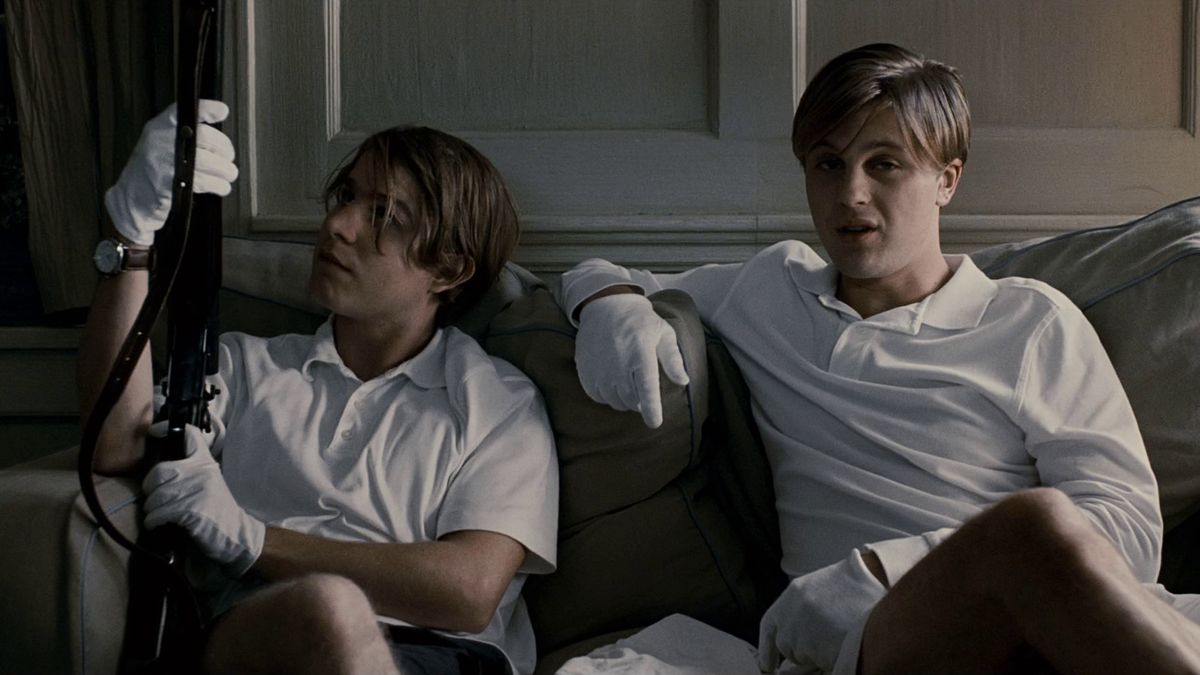
Funny Games (1997) by Michael Haneke isn’t about blood, but about the cruelty of the viewer. This home invasion thriller forces you to confront your own desire for violence in cinema. When the fourth wall breaks, it breaks with a slap. The horror here is not what you see, but what you feel while watching it unfold. It’s clean on the surface, but morally brutal.
These films may not be banned, but they are far from easy to watch. They remind us that cinema has the power not just to entertain, but to disturb, provoke, and haunt long after the credits roll. These are not horror movies. They are psychological grenades disguised as stories.
Follow Binge Moves on Instagram and Facebook for more lists that push the boundaries of what cinema can make you feel.

